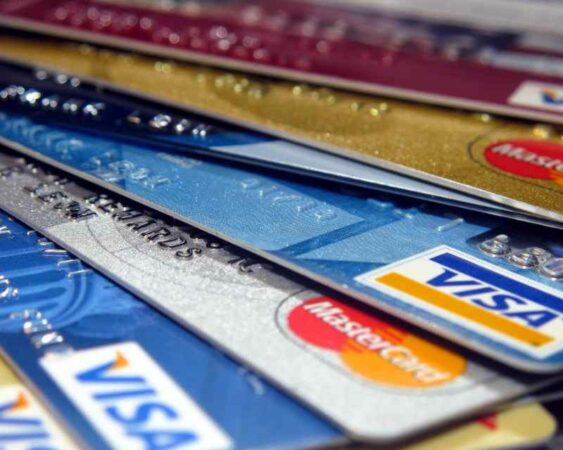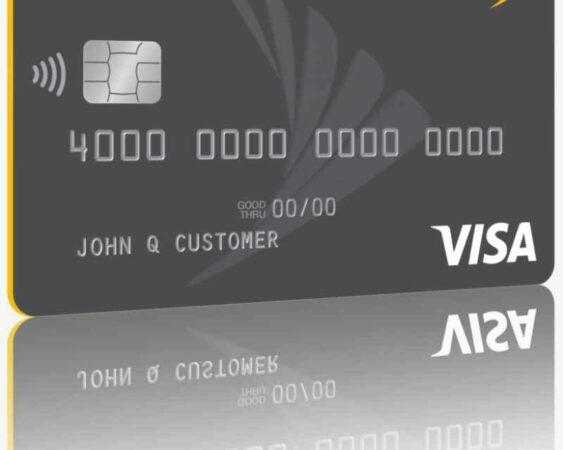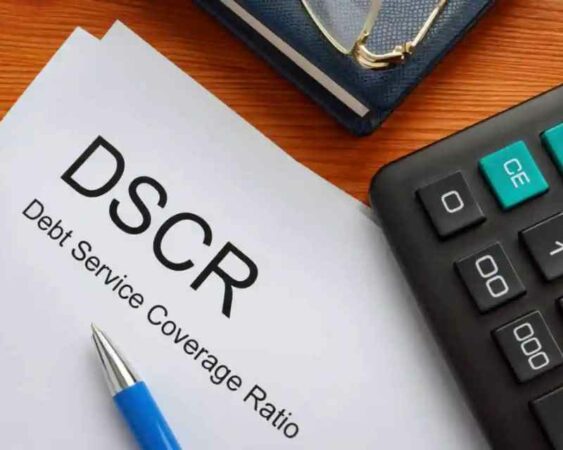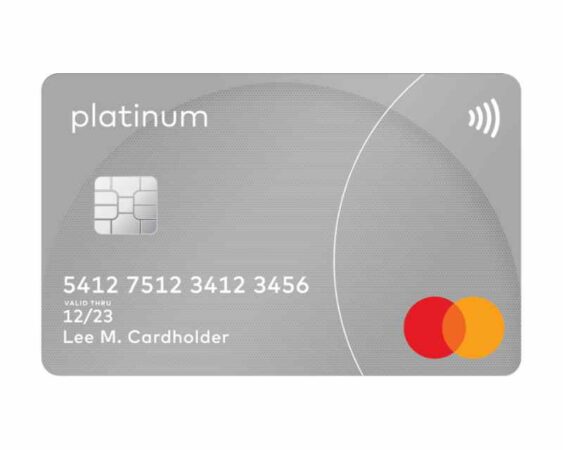
Every business needs money. Not all businesses are qualified for business lines of credit and traditional business loans. How can you fund your business then? There is a credit card stacking, which enables businesses to improve their cash flow significantly.
Like any other financing strategy, it has its advantages and disadvantages. We explain them and whether it is a good idea for you.
What Is Credit Card Stacking?

To put it simply, it is a financing strategy where a business applies for multiple business credit cards from multiple lenders to get access to a higher overall credit limit. Using this strategy, a business can optimize its cash flow in a way that would be difficult or downright impossible.
Using one credit card grants access to capital, but the amount is rather limited, especially for a business. When multiple cards are used, a business’s cash flow can increase significantly.
Advantages of Credit Card Stacking
1. Quick access to capital
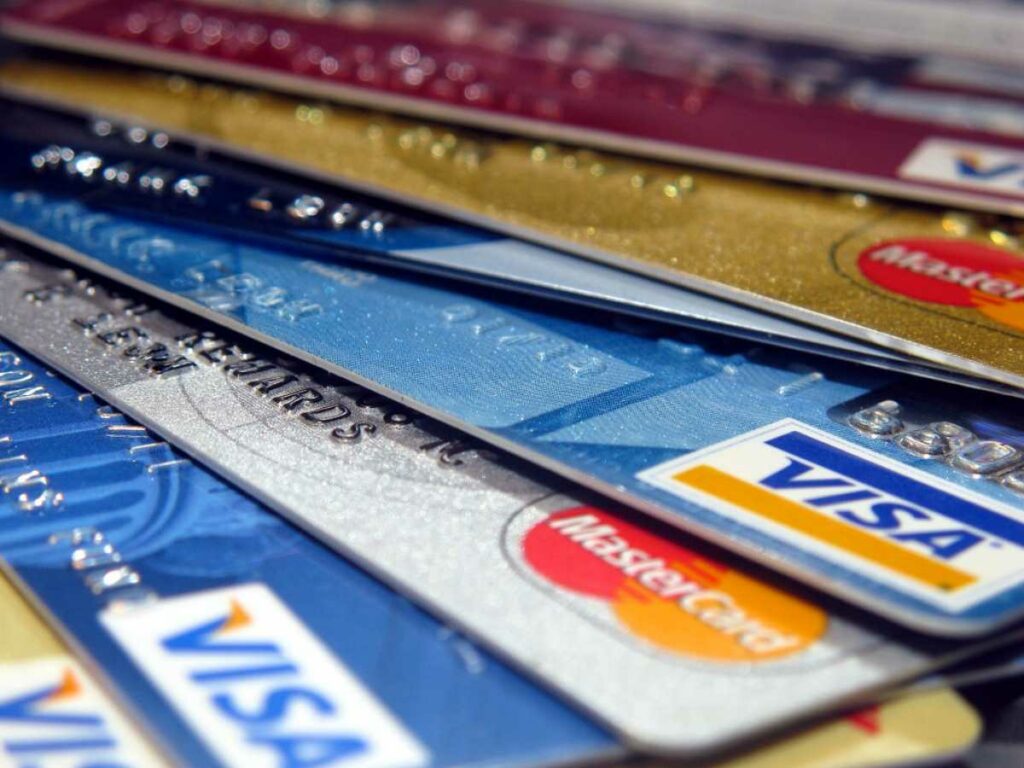
Most credit cards tend to have fast approval. With the credit card stacking method, this means fast funding. It provides you with quick access to capital.
For instance, an SBA loan usually takes between 30 and 90 days from applying to receiving funding. Most business credit cards, on the other hand, only take 7 to 10 days.
Moreover, the application process when applying for a business credit card is usually more straightforward. You only need the basics such as personal information, legal structure, estimated spending, and annual revenue.
If you are looking for quick business cash flow, card stacking can be a good option.
2. Large credit limit due to combined limit

Another advantage is a large credit limit. Let’s say that you are approved for only one business credit card. The card has a credit limit of $50,000. In this scenario, you would have access to only $50,000.
But what if you do card stacking and are approved for five business credit cards? In that case, you would have access to up to $250,000 assuming the cards have the same credit limit. Having multiple cards means you will have a large credit limit and it is an effective way to secure more capital.
3. Business spending flexibility
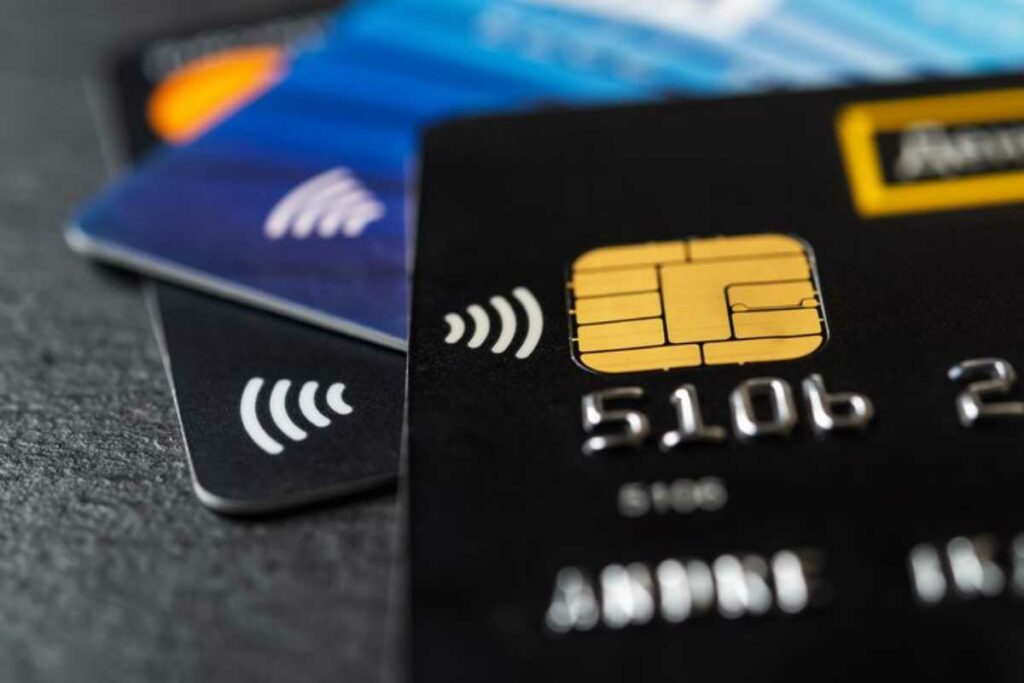
The method gives you flexibility in business spending. This is possible because you are spreading your business spending across multiple cards. You can’t have such flexibility with only one or two credit cards or a traditional business loan.
This enables you to manage your monthly spending more effectively as you can dedicate one credit card to a specific type of business expense. As a business owner, credit card stacking allows you to diversify your lenders and cast a wider net with your cash flow.
Also Read:
- Credit Card Vault: What is it, Fundamentals, and Advantages
- Sprint Credit Card: Everything You Need to Know
4. Rewards
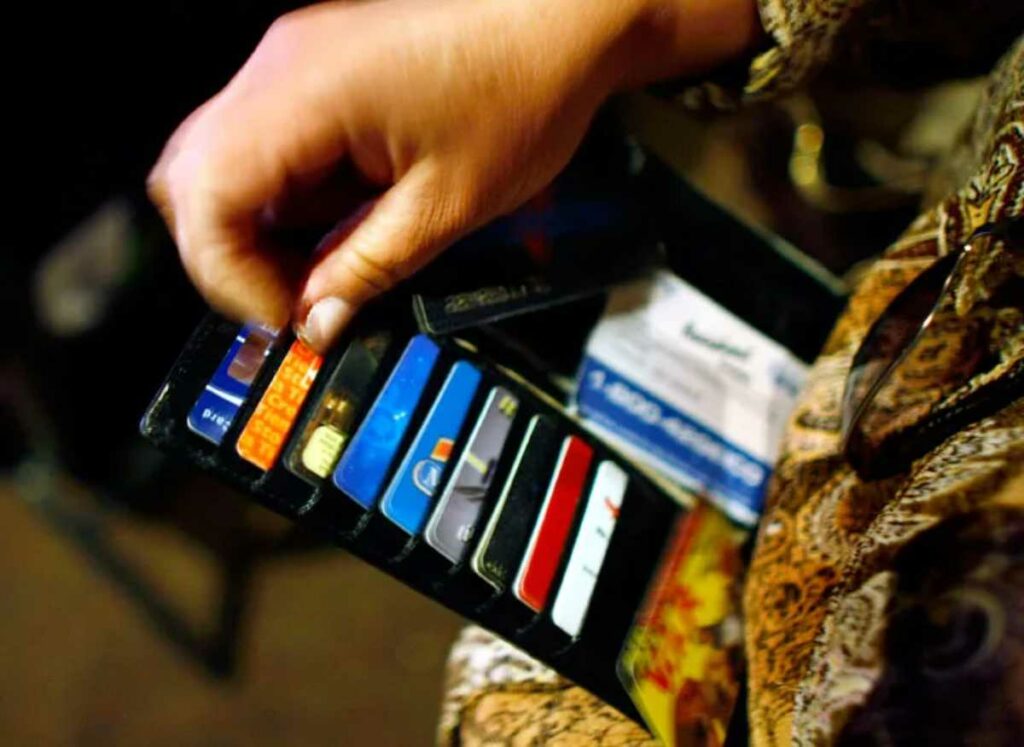
Last but not least, rewards. Similar to personal credit cards, business credit cards often come with a lot of enticing rewards like cashback, points, bonuses, and gift cards, among others.
Using one or two business credit cards can give you some decent rewards. If you are using multiple cards, the rewards are compounded.
Furthermore, many credit card companies offer attractive introductory offers such as 0% APR on balance transfers and purchases for 6 to 18 months. If you are looking for these kinds of rewards, business credit card stacking is worth considering.
Disadvantages of Credit Card Stacking
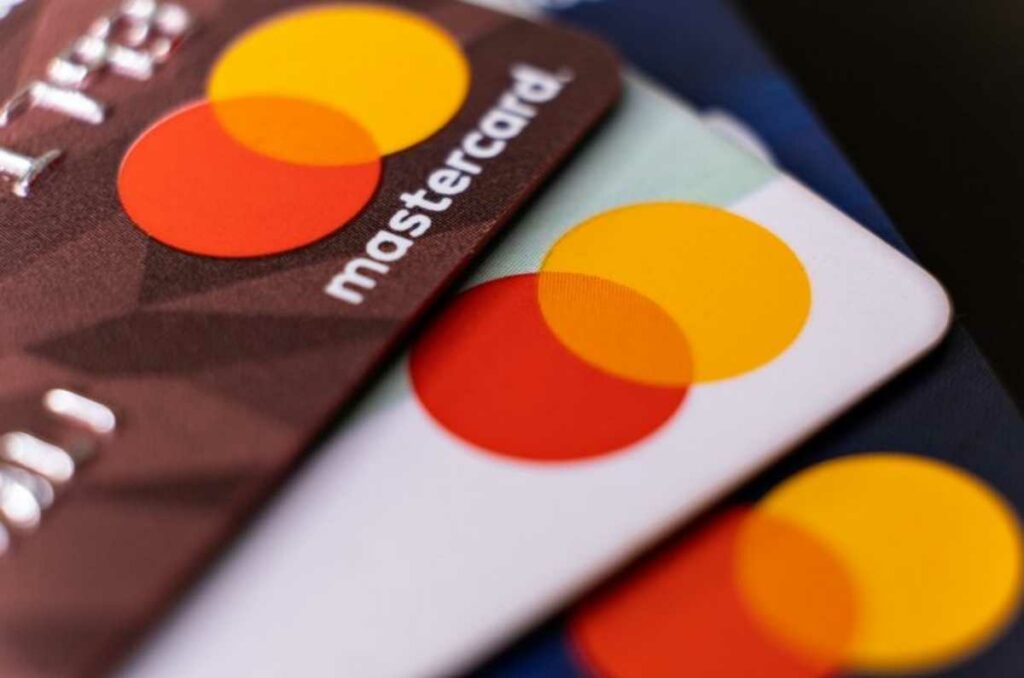
1. High interest and fees
Many business credit cards have little or no interest rate during their introductory period. However, once the period ends, you will often see high interest rates.
Even the best business credit cards have a regular APR starting at around 18%. Note that this is on the lower side. Many business cards have an APR of 26%. Some cards even go as high as 35%.
In addition to high interest, there are also additional fees like annual fee, cash advance fee, foreign transaction fee, and late payment fee. When you use credit card stacking, you are doing this at scale. Consequently, the interest and fee you will encounter can add up really quickly.
2. You can run up a high debt quickly
When you are using multiple credit cards, you will have a high credit limit which gives you quick access to capital. While this can help fund your business, using multiple credit cards is inherently risky. It is easy to overspend, after all.
If you get behind on payments, it can lead to a high credit card debt. If not handled properly, the debt can spiral out of control. This is why it is necessary to spend responsibly and always make payments on time or in advance when you use card stacking.
3. A personal guarantee is often required
Some business cards don’t require a personal guarantee. Most, however, do. It is something you should expect when applying for a business credit card.
The problem with a personal guarantee is that if you are unable to repay your debt, the lender can come after your personal assets. When you are using multiple cards, the odds of facing such an issue increase.
4. Additional fees
Some businesses choose to work with a credit card stacking company. If you choose to do card stacking this way, you will have additional fees in addition to the fees you already have when using a business card.
Is It a Good Idea?
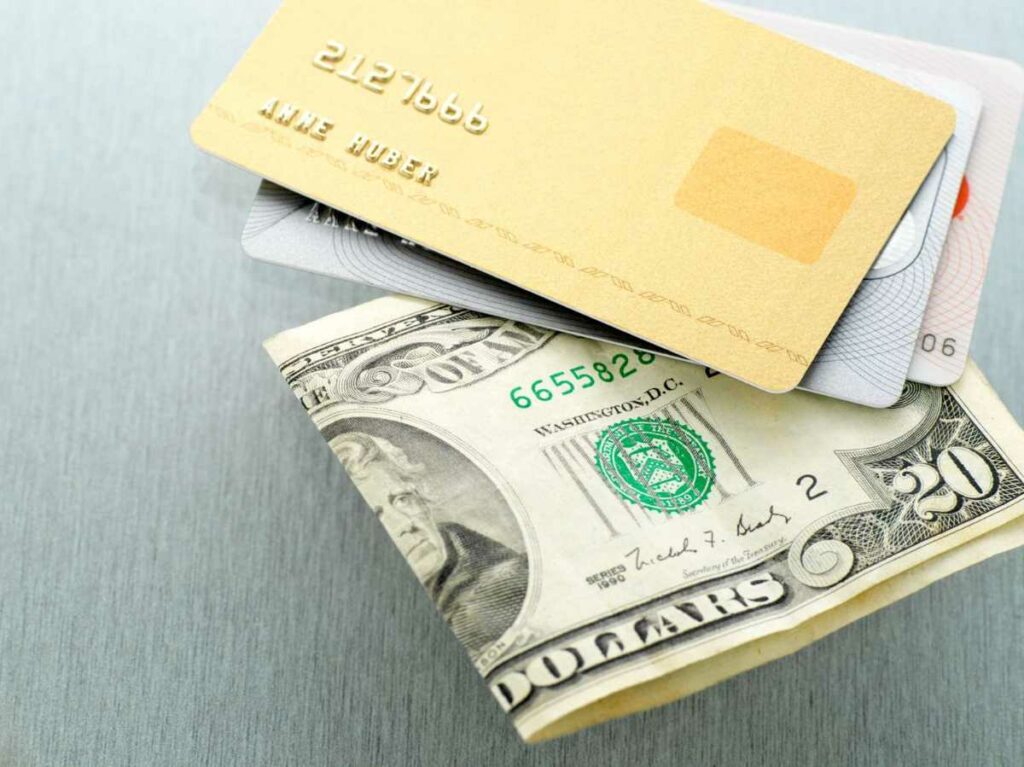
As you can see, stacking has advantages and disadvantages. It can be a good idea to fund your business, assuming if you can use stacking responsibly.
If you need quick access to capital but are unable to get it from business lines of credit or traditional business loans, and are capable of consistently paying credit card debt in time or in advance, stacking may be worth considering.
On the other hand, if you qualify for business lines of credit or traditional business loans, they are probably the better option for you. Stacking is not a good idea if you are prone to overspending and have had issues repaying credit card debt in the past.
Credit card stacking offers a lot for a business, especially when it comes to quick access to capital. However, for it to be effective, you will need to be able to spend responsibly and pay your credit card debt in time.
